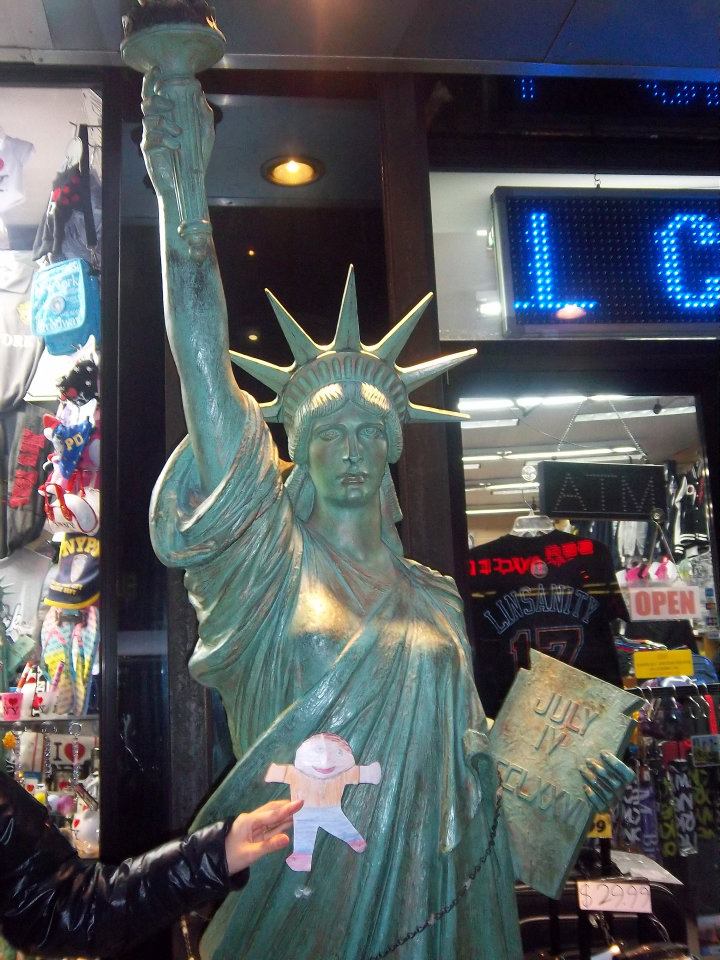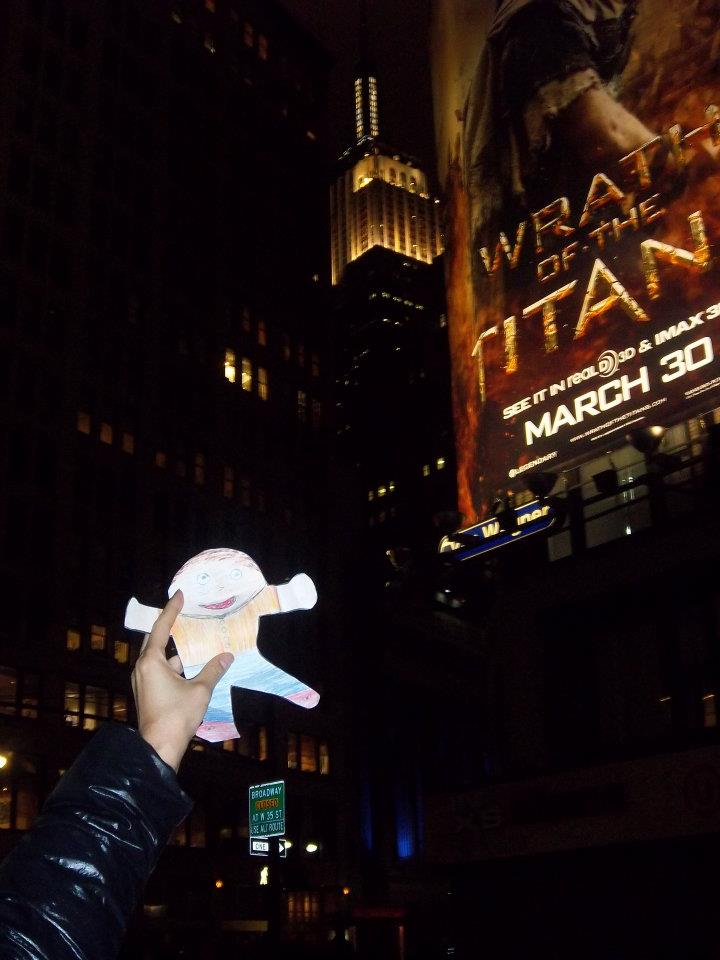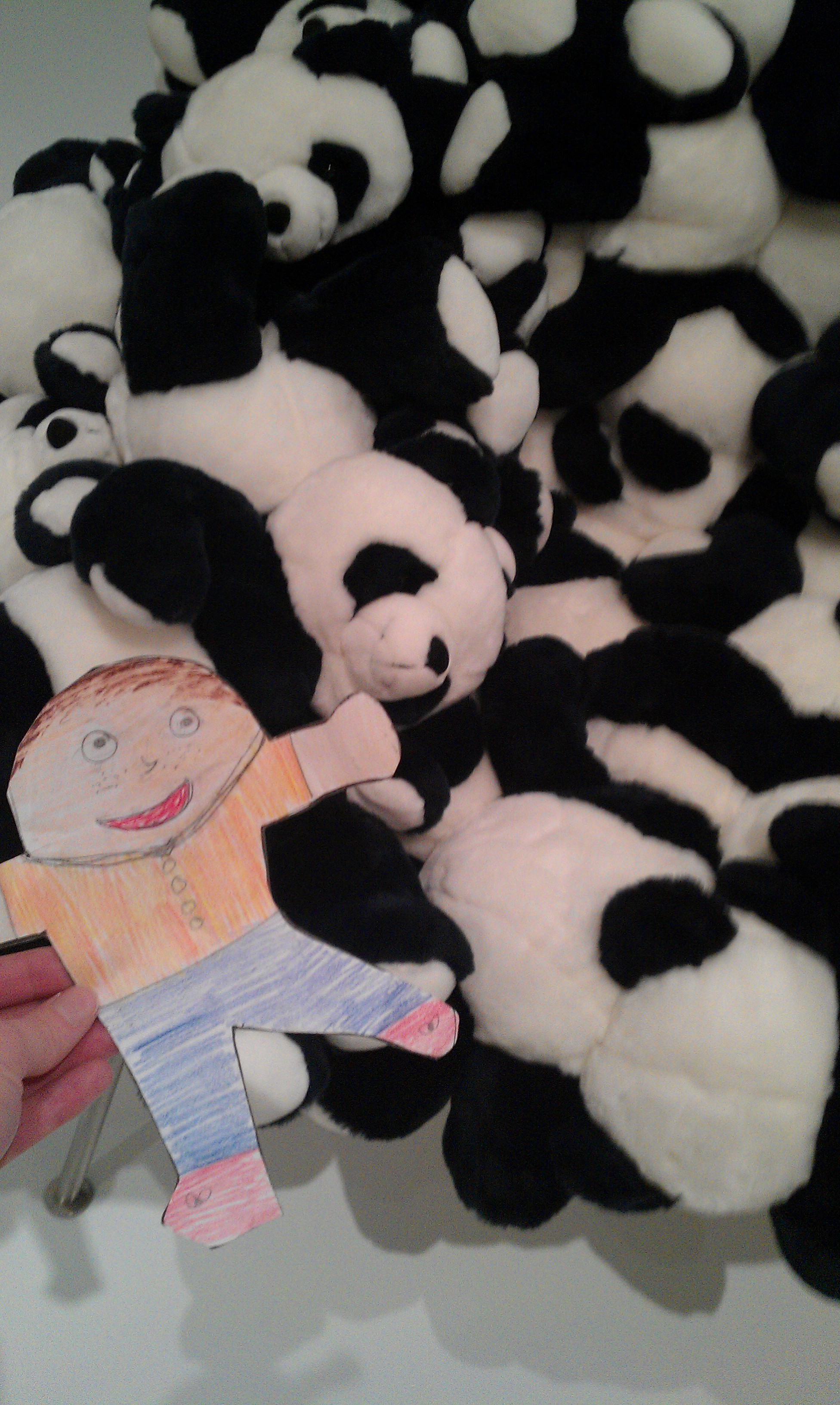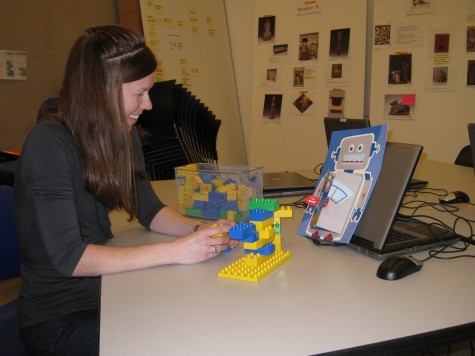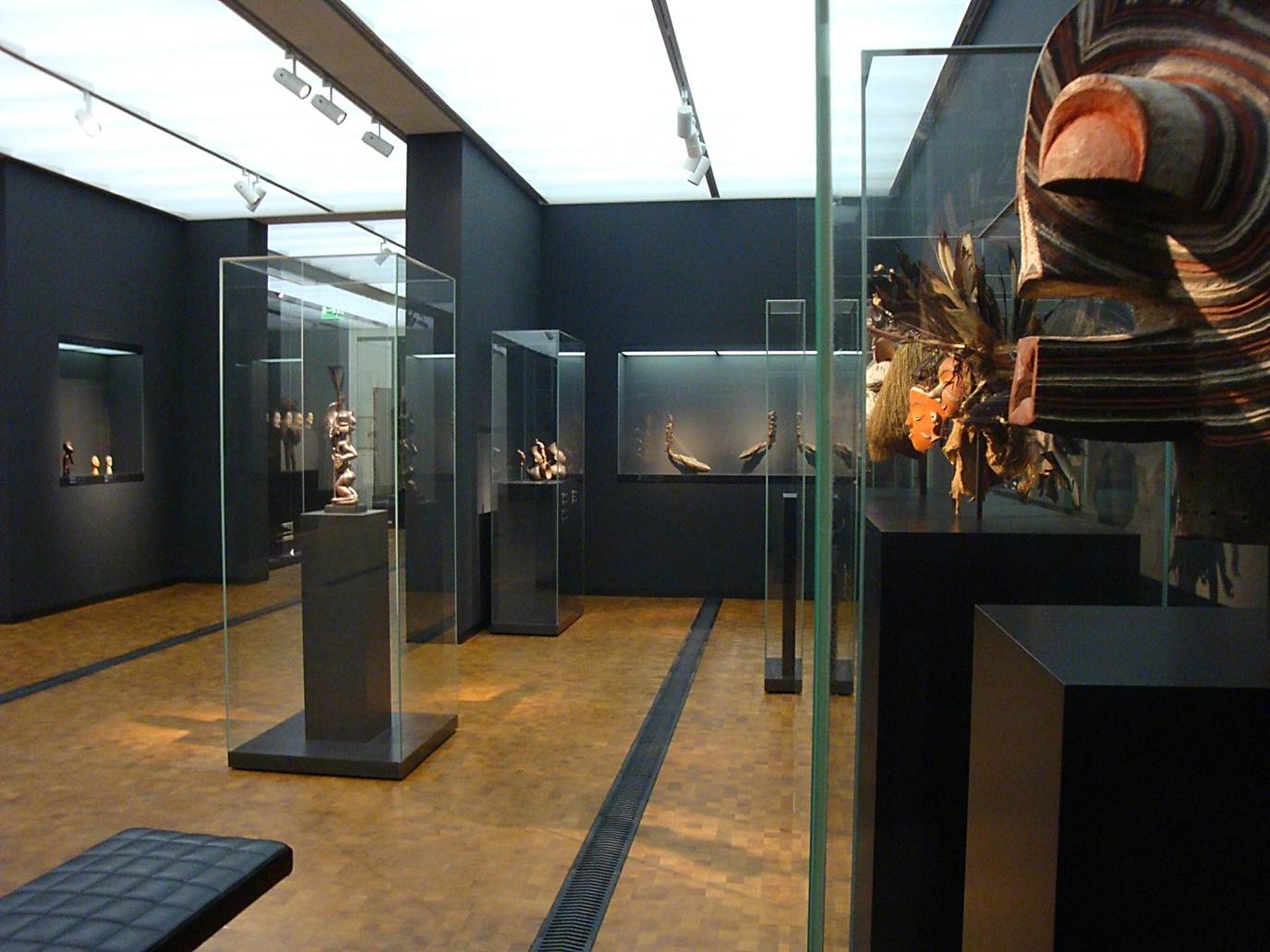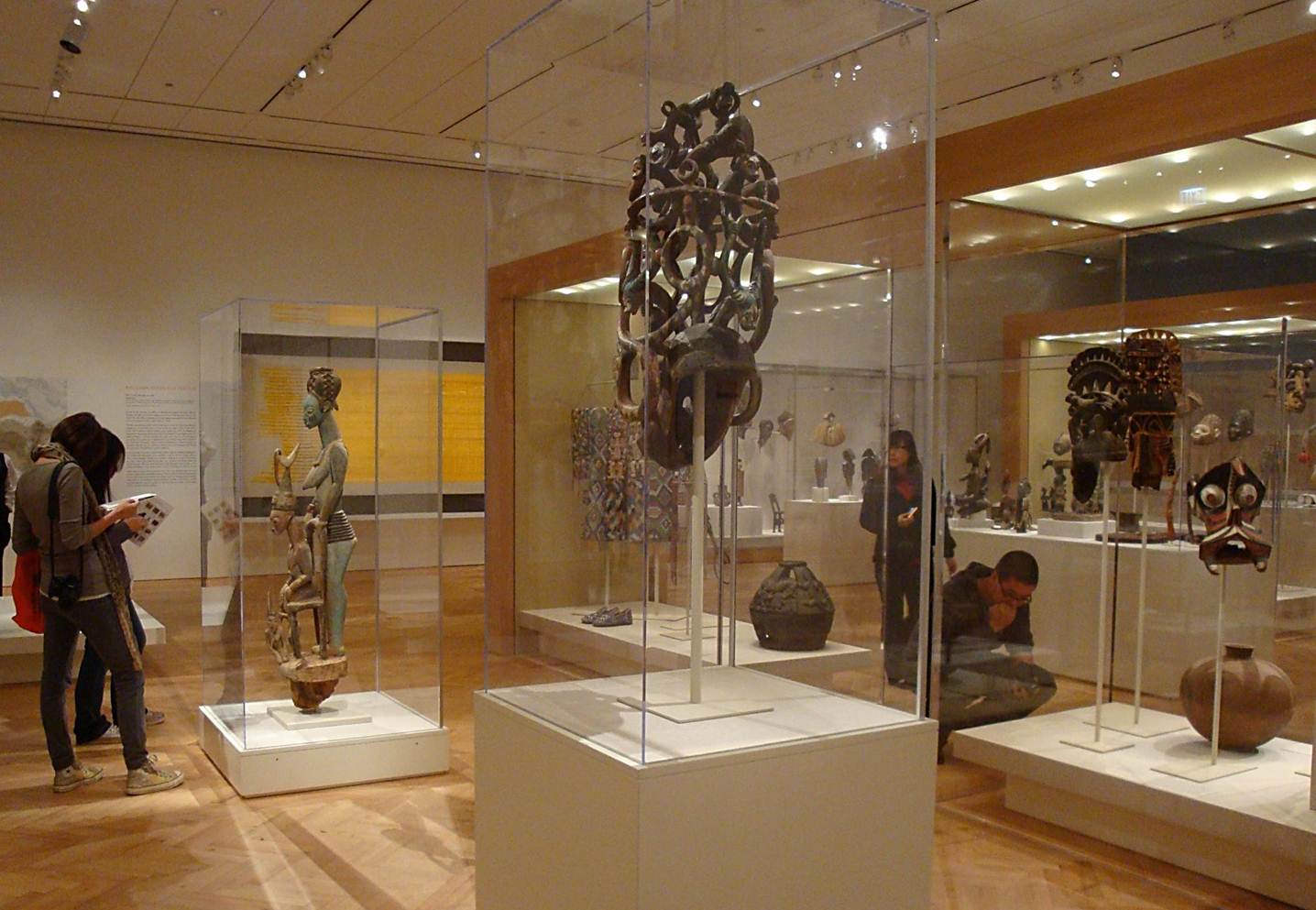As Hannah and I continue our revisions of the Me & My World docent tour guide and Go van Gogh program, I wanted to share a few works of art that I was able to test out on two groups of first-graders during thier Me & My World tour.
Below you will see three of the five works of art that I chose to look at with the students. I have included the clues, some of the questions that led the discussions, as well as other activities that I used.
Stop #1
Clues: We are looking for a painting that shows a little girl wearing a hat who is dressed in all white.

- Dorothy, John Singer Sargent, 1900, Dallas Museum of Art, gift of the Leland Fikes Foundation, Inc.
.
This little girl’s name is Dorothy. Let’s look at what Dorothy is wearing. Can you describe her clothes?
Do you have fancy or nice clothes? Where do you wear them?
Do you like dressing up? Why or why not?
Look at Dorothy’s face. Does she look happy or sad?
Why do you think she looks sad?
Stop #2
Clues: We are looking for a painting of another little girl who has very short hair and is wearing a blue and white dress.

- Dutch Girl Laughing, Robert Henri, 1907, Dallas Museum of Art, Dallas Art Association Purchase
.
We don’t know this little girl’s name. What should we call her?
Let’s describe her clothes.
Does she look like Dorothy? Why or why not?
Does she look happy or sad?
Why do you think she looks happy?
Compare/contrast both portraits: Let’s imagine that these girls could talk to us. What would they say? What would they say to each other? What would they say to these other people (the other portraits in the gallery)?
Favorite clothing: Can you tell me what is your favorite thing to wear? Can you describe it (color, print, etc.)? Where do you like to wear it?
Emotions: Let’s looks at some of the other people’s faces in this gallery. Do they look happy? Sad? Angry? Scared? Bored? Sleepy? Why do you think so?
Stop #3
Clues: We are looking for a whole room that is full of shelves holding lots of things that people use to eat dinner.

- Examples of objects in the Decorative Arts Study gallery. Left: “Century” shape dinner plate with “Sunglow” pattern decoration, Eva Zeisel, Hall China Company,1956, Dallas Museum of Art, gift of David t. Owsley Right: “Tricorne” shape luncheon plate with “Mandarin” decoration, Donald Schreckengost, Salem China Company,1933, Dallas Museum of Art, gift of Kenn Darity and Ed Murchison.
.
Can you find something in this room that…
You can eat soup out of?
What about a piece of cake?
What about hot chocolate?
OR
I spy something that is… (red, blue, striped, polka dot, etc.)
I am going to read you a silly poem about someone who is eating dinner:
Mashed Potatoes on the Ceiling
by Kenn Nesbitt
Mashed potatoes on the ceiling.
Green beans on the floor.
Stewed tomatoes in the corner.
Squash upon the door.
Pickled peppers in my pocket.
Spinach up my sleeves.
Mushrooms in my underpants with
leeks and lettuce leaves.
Okra, onions, artichokes,
asparagus and beets;
buried neatly underneath the
cushions of our seats.
All the rest I’ve hidden in my socks
and down my shirt.
I’m done with all my vegetables.
I’m ready for dessert!
Let’s pretend that we are making a huge dinner for everyone in the Museum to eat tonight. Let’s go around the circle and tell everyone what kind of food you would bring to share. Now, let’s choose a dish from these shelves to serve it in.
Stop #4
Clues: We are looking for an object that is small, brown and white, and looks like a face.

- Mouth mask depicting the head of a bird, Leti Island, Indonesia, 19th century, Dallas Musuem of Art, The Eugene and Margaret McDermott Art Fund, Inc.
.
What kind of animal does this look like?
Can you find its beak? Its feathers?
If you could touch this, do you think it would be soft? Hard? Rough? Smooth?
What do you think this is made of?
The person who used this would put it in his mouth and pretend that he was a bird. Have you ever worn a costume?
Can I have a volunteer come up and show us how they would move if they were wearing this bird mask?
What are some other animals that you like to pretend to be? Can you show us how you’d move?
Overall, the students seemed very receptive to the works I chose to explore. Both groups were very talkative, and I was surprised at how comfortable and focused they were with the discussion topics that I brought up. They were very good at comparing and contrasting the two paintings of the young girls, and seemed to enjoy talking about them. The “Mashed Potatoes on the Ceiling” poem was a big hit, and so was the “dinner party” conversation. I soon realized that any time a first-grader is given the opportunity to share ANYTHING about themselves, they will. One of my favorite moments was watching those students move like an animal in front of the group. I am thankful that most first-graders aren’t shy!
Jessica Kennedy
McDermott Intern for Gallery Teaching


